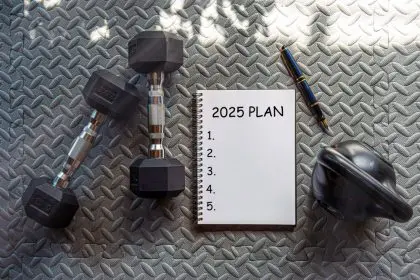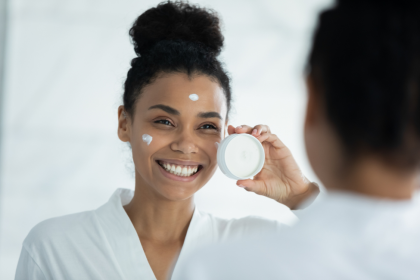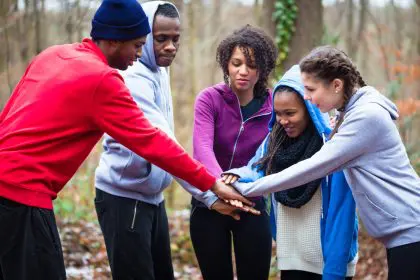Rehabilitation plays a pivotal role in the journey of stroke survivors aiming to regain their ability to walk. This comprehensive article explores the significance of rehabilitation in the recovery process, shedding light on the vital steps and strategies contributing to restoring walking abilities.
Understanding the Impact of Stroke on Walking Abilities
How Stroke Affects Mobility
The onset of a stroke often results in a variety of challenges, with mobility being a primary concern. Understanding how strokes impact walking abilities is crucial for tailoring effective rehabilitation programs. A stroke can lead to weakness or paralysis on one side of the body, affecting coordination, balance, and muscle strength. These impairments directly influence a person’s ability to walk and navigate their surroundings.
Importance of Early Intervention
Early rehabilitation significantly influences the trajectory of recovery. Research consistently demonstrates that prompt intervention can improve outcomes for stroke survivors, particularly regarding mobility. Early rehabilitation not only addresses physical limitations but also helps in preventing secondary complications that may arise due to prolonged immobility. This highlights the importance of recognizing the signs of a stroke and seeking immediate medical attention to initiate rehabilitation as early as possible.
Tailoring Rehabilitation Programs for Walking Recovery
Individualized Assessment
A personalized approach is critical to effective rehabilitation. Each stroke survivor faces unique challenges, and a one-size-fits-all approach is inadequate. Rehabilitation programs should start with a thorough assessment, considering the individual’s specific impairments, medical history, and personal goals. By understanding the unique circumstances of each survivor, rehabilitation professionals can tailor interventions to address particular issues hindering walking abilities.
Targeted Exercises and Therapies
The core of rehabilitation for walking recovery lies in targeted exercises and therapies. Strength training for the affected muscles, balance exercises to improve stability, and gait training to enhance walking patterns are integral components. Physical therapists work closely with stroke survivors to develop a tailored exercise routine that progressively challenges and improves their physical capabilities. Occupational therapists may also focus on activities of daily living to enhance overall mobility and independence.
Technological Advancements in Rehabilitation
Incorporating technology into rehabilitation programs can enhance outcomes. Advancements such as robotic exoskeletons, virtual reality simulations, and wearable devices have shown promise in improving the walking abilities of stroke survivors. These technologies provide additional support, real-time feedback, and engaging experiences contributing to more effective rehabilitation. Integrating these innovations into rehabilitation plans can accelerate the recovery process and make it more engaging for survivors.
The Role of Rehabilitation Professionals
Collaboration Between Multidisciplinary Teams
Rehabilitation for walking recovery is a collaborative effort that involves various healthcare professionals working together. Physical therapists, occupational therapists, rehabilitation specialists, and sometimes neurologists collaborate to create a holistic and effective rehabilitation plan. Each professional brings a unique perspective and expertise to the table, ensuring that all aspects of the survivor’s physical and mental well-being are addressed.
Continuous Monitoring and Adjustments
The journey of walking recovery is dynamic, requiring continuous monitoring and adjustments to rehabilitation plans. As stroke survivors progress in their recovery, their needs and challenges may evolve. Regular assessments by rehabilitation professionals allow for timely adjustments to the exercise regimen, goals, and overall rehabilitation strategy. This adaptability is crucial in ensuring rehabilitation remains effective throughout the recovery journey.
Real-Life Success Stories
Inspiring Accounts of Walking Recovery
Real-life success stories provide tangible evidence of the transformative impact of rehabilitation on walking recovery. Sharing these stories can inspire and motivate stroke survivors facing similar challenges. Individuals who once struggled to walk independently have regained their mobility and improved their overall quality of life through dedicated rehabilitation efforts. These success stories highlight the resilience and determination of stroke survivors and serve as beacons of hope for others on a similar path.
Conclusion
Summarizing the critical role of rehabilitation in the journey of stroke survivors toward regaining walking abilities is essential. They are reiterating the importance of a personalized, multidisciplinary approach and the continuous support provided by healthcare professionals in fostering successful recovery. By understanding the vital role that rehabilitation plays in the recovery process, stroke survivors can embark on a journey towards reclaiming their independence and mobility. This article serves as a comprehensive guide, offering insights into the various aspects of rehabilitation that contribute to restoring walking abilities after a stroke. Through this understanding, individuals and their support networks can actively participate in and optimize the rehabilitation process, ultimately enhancing the prospects of a successful recovery.
This story was created using AI technology.













